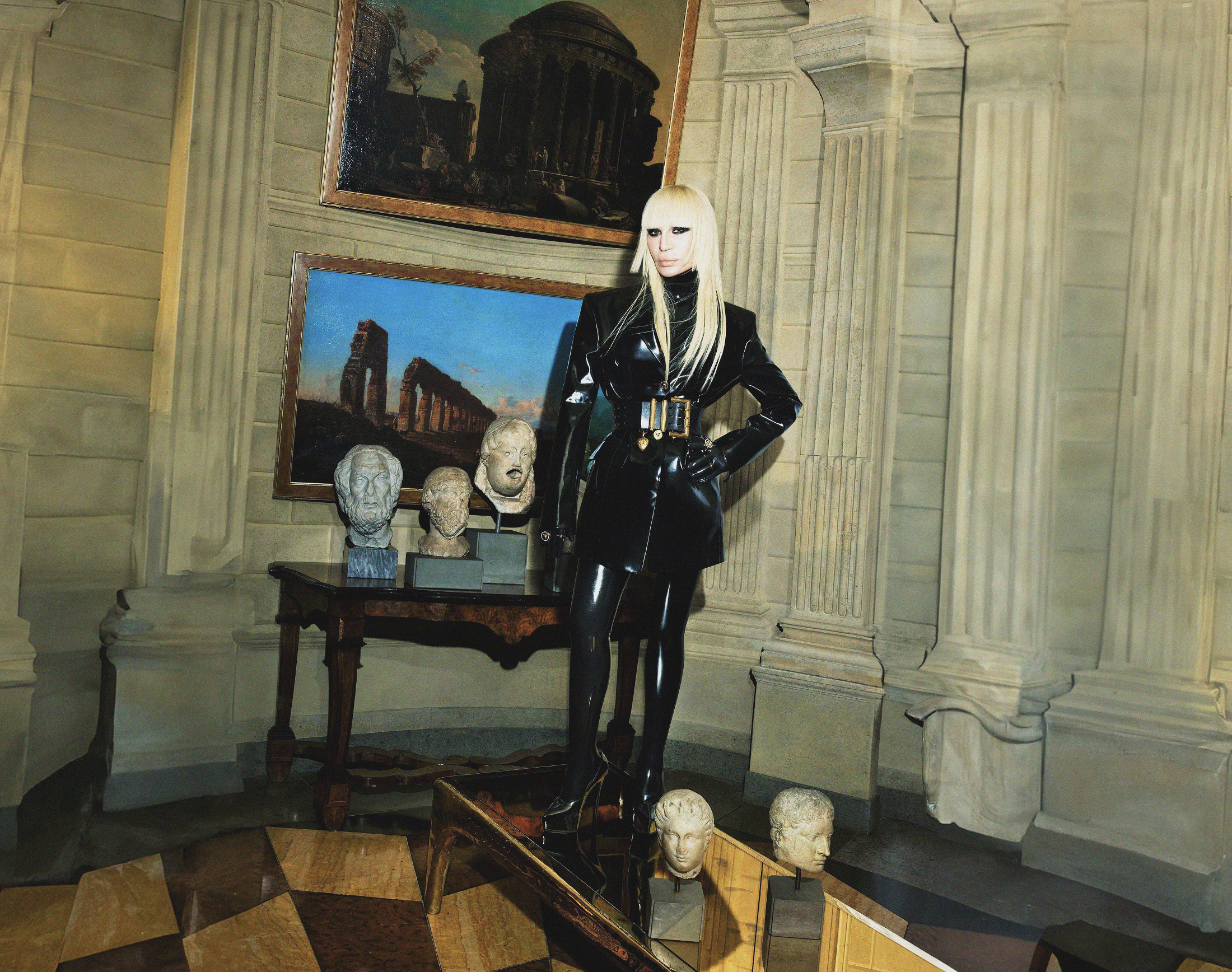How to Be the 'Main Character' Without Becoming the Villain
Main Character Queen Donatella Versace for Vogue Italia
The call to embrace your "main character era" is intoxicating. It’s an empowering invitation to take up space, prioritize your dreams, and star in the movie of your own life. I’m here for it. But as with any powerful idea, a dark side lurks in the shadows: the fine line between self-empowerment and self-absorption.
Where does authentic leadership end and narcissism begin? How do you command the spotlight without casting everyone else into darkness?
This is the Authenticity Paradox. In our quest to become the hero of our own story, we risk becoming the villain in everyone else's. Navigating this is the ultimate test of a true leader. It requires moving beyond a simple trend and adopting a more sophisticated framework.
"Main Character Energy" vs. "Protagonist Syndrome"
First, we need to distinguish between two very different concepts.
Main Character Energy (The Goal): This energy is magnetic, generous, and mission-driven. A person with this energy has a compelling purpose beyond themselves. They are the hero of a story, and their quest is so inspiring it makes others want to join in. Think of a founder whose passion for solving a problem creates a movement. Their gravity pulls people in, not because they demand attention, but because their vision is irresistible.
Protagonist Syndrome (The Trap): This is narcissistic and extractive. The world and everyone in it are seen as props. Others exist only to serve their plot, to be romantic interests, sidekicks, or foils. They are the center of the universe. Their story is only about "me." This is the person who talks but never listens, takes but never gives, and sees collaboration as a means to an end.
The Three Litmus Tests to Stay Authentic
To cultivate Main Character Energy and avoid the trap of Protagonist Syndrome, you need a constant, honest self-assessment. Here are the three tests I use.
Test 1: Is Your Story About "Me" or "We"?
A hero needs a quest, and most meaningful quests require a fellowship. When you talk about your goals, is the primary pronoun "I" or "we"? A leader with Protagonist Syndrome says, "I am building an empire." A leader with Main Character Energy says, "We are building a community." This is the core of our mission at We-Rule. It’s the understanding that the most powerful stories are shared, and the greatest success is collective.
Test 2: Are You Lifting As You Climb?
This is the ultimate gut check. Does your personal success create new opportunities and open doors for the people around you? Or are you climbing a ladder and pulling it up behind you? Main Character Energy is generative; it creates more success for everyone. Protagonist Syndrome is a zero-sum game; it believes there's only one spot at the top. A true main character understands their legacy is defined not by the height they reached, but by how many people they brought with them.
Test 3: Do You Ask Questions or Just Give Answers?
A person suffering from Protagonist Syndrome believes they have all the answers. They monologue. They dominate conversations. A person with Main Character Energy is radically curious. They listen intently because they know the best ideas, deepest connections, and most critical insights come from understanding other people's perspectives. They know their story is enriched by the stories of others.
The antidote to the narcissism trap is a purpose greater than your own ego.
Being the main character isn't about having the most lines; it's about having the most impactful story. It’s a story defined not by how much attention you received, but by how much positive change you created. The goal isn't to be the most-watched character. It's to be the one whose story people are still telling long after the credits roll.
